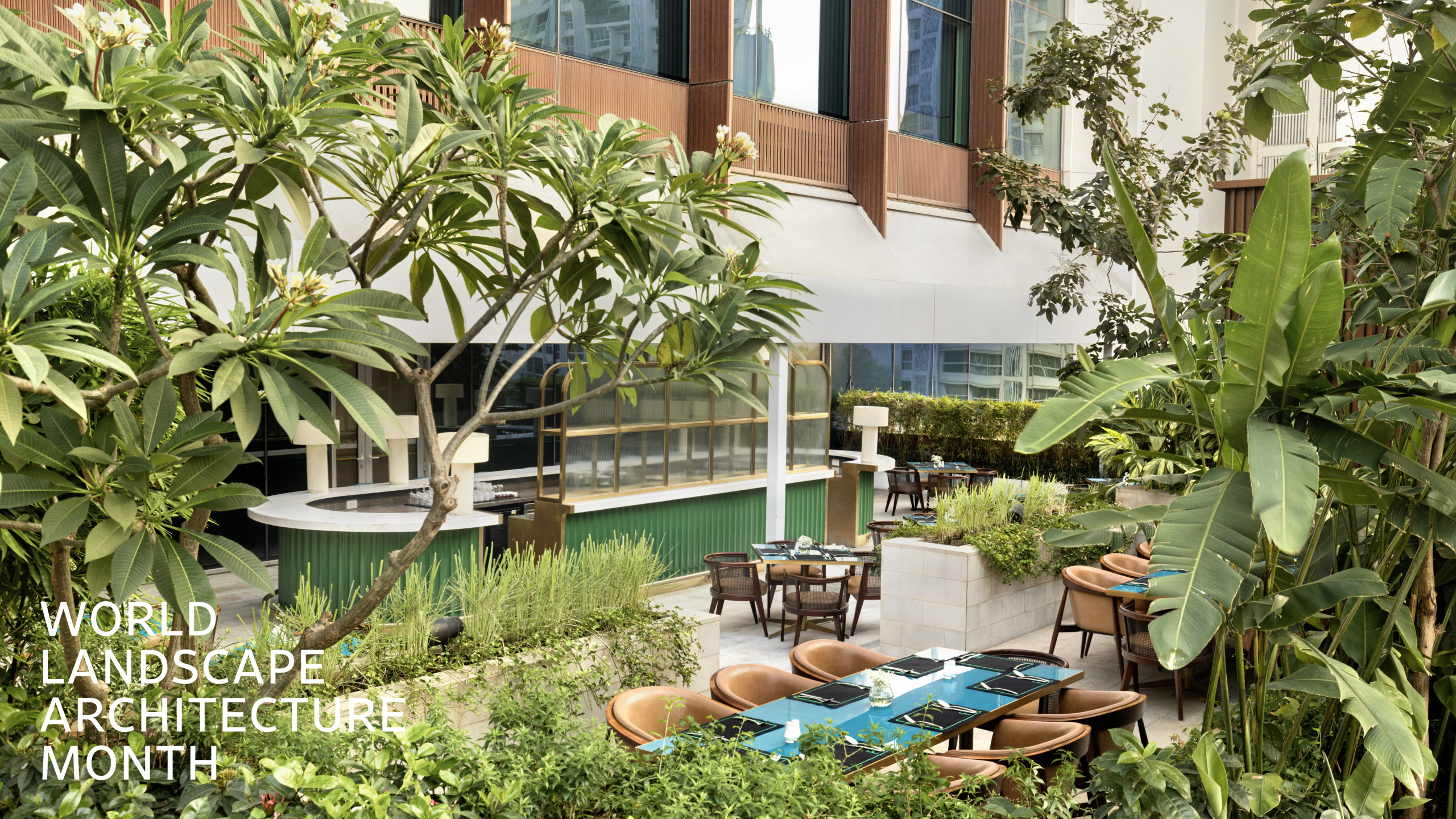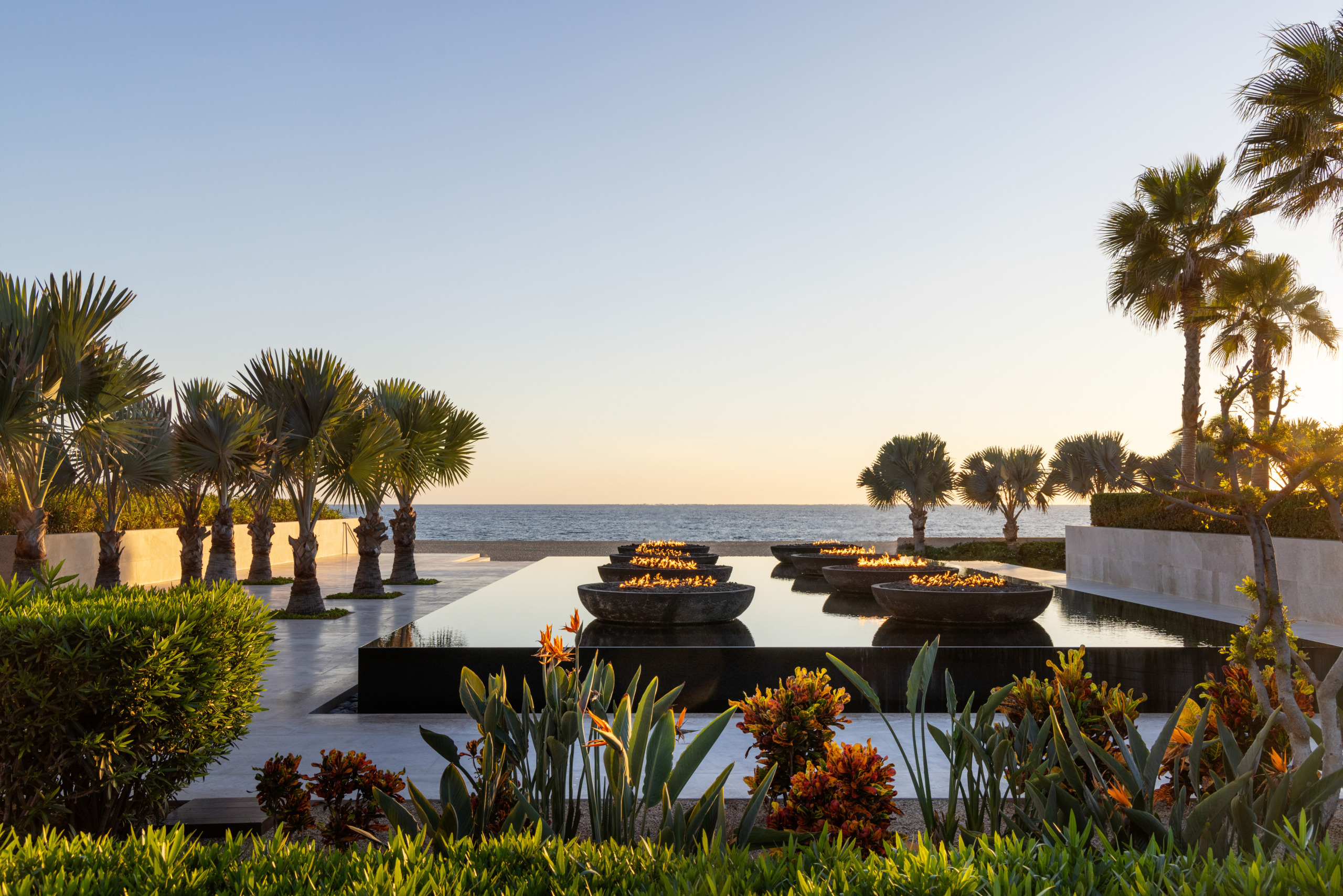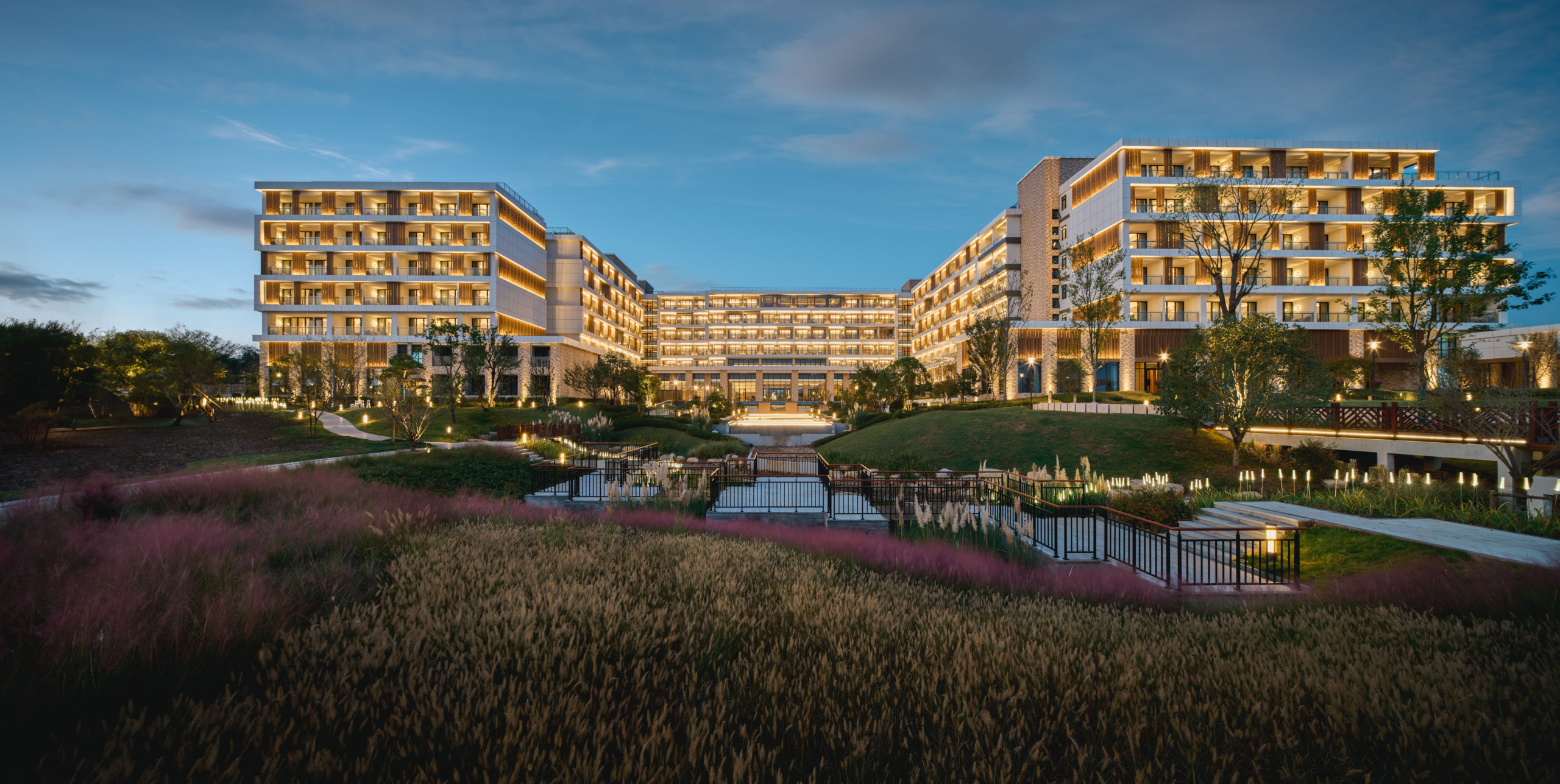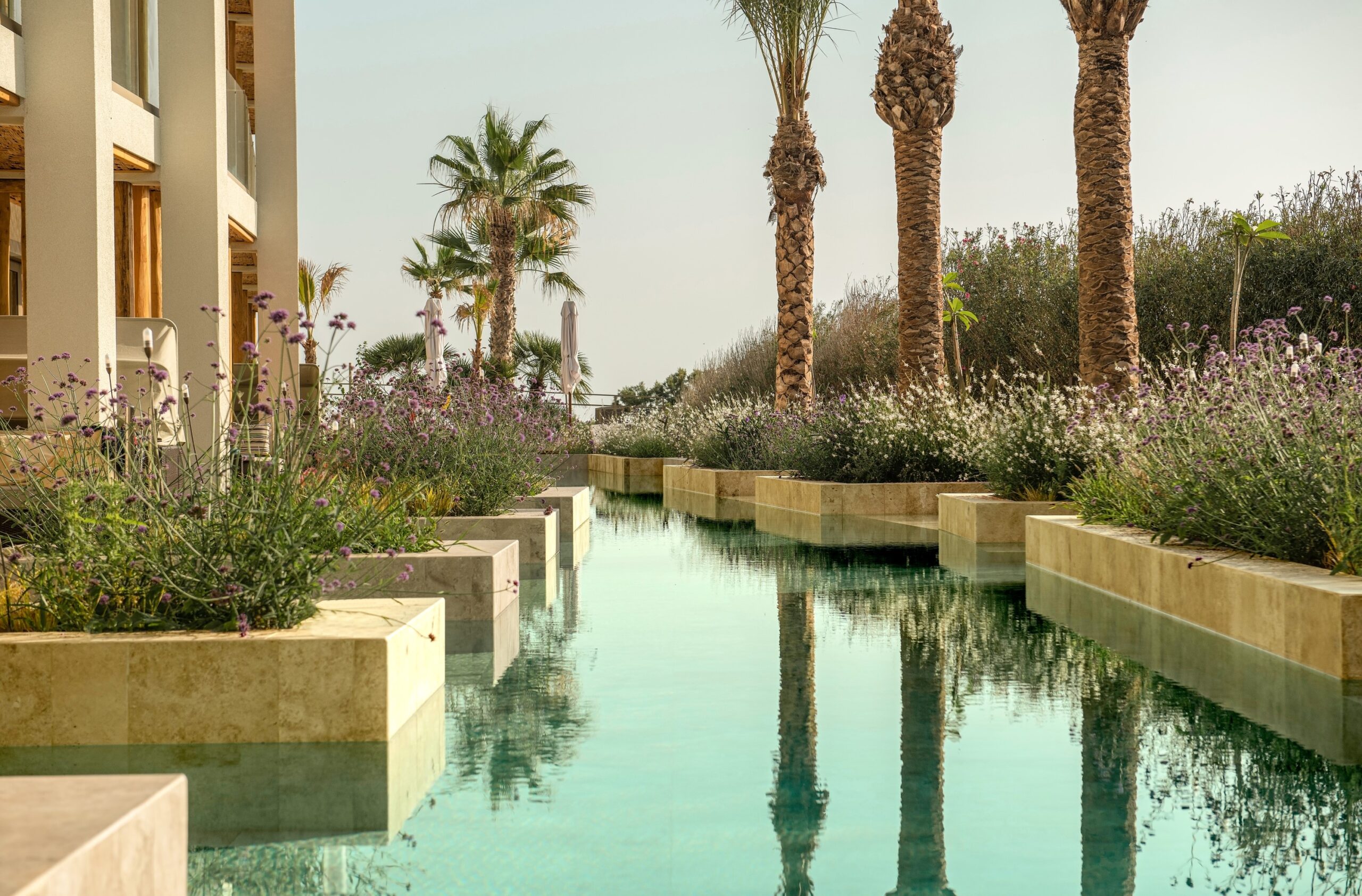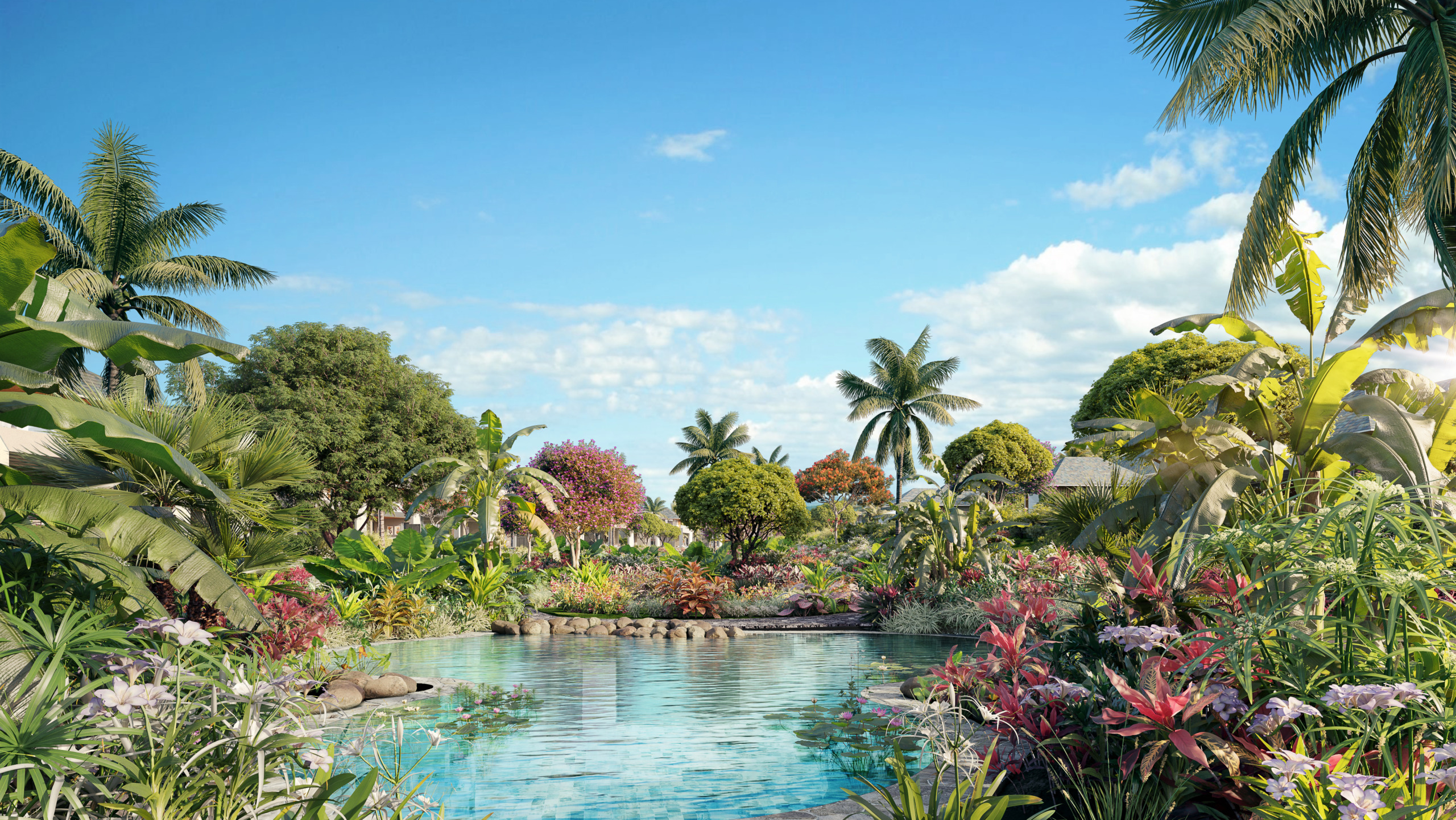Beyond Boundaries: Celebrating World Landscape Architecture Month 2025
By WATG
April 1, 2025
April marks World Landscape Architecture Month (WLAM), a time to recognize the essential role landscape architecture plays in shaping our communities, restoring ecosystems, and fostering sustainable, meaningful connections with nature. This year’s theme, “Beyond Boundaries,” highlights how landscape architects address environmental, social, and cultural challenges through thoughtful, place-based design.
As practitioners, we engage with the landscapes we shape by understanding their histories, ecosystems, and the communities that rely on them. From revitalizing degraded environments to ensuring that urban spaces are not just green but functional, landscape architecture is about designing with care and responsibility.
“We aim to create spaces that not only captivate the eye but also resonate deeply with the cultural and environmental contexts in which they exist. Every project is an opportunity to transcend expectations and create meaningful experiences that stand the test of time.” – Ashley Scott, Global Practice Principal, Planning + Landscape.
We engage with the landscapes we shape by understanding their histories, ecosystems, and the communities that rely on them.
Restoring and Enhancing Landscapes
Landscape architects are stewards of the land, often working on sites that require ecological restoration. A growing emphasis is being placed on reintroducing native flora to support biodiversity, creating resilient plant communities that require less irrigation and maintenance.
For instance, in projects like Taj The Trees, indigenous vegetation was carefully selected to create a natural buffer that blends urban development with existing ecosystems. Similarly, at Hyatt Regency Huangshan Hengjiangwan, a mix of native wetland plants was introduced to improve water drainage and reduce the impact of seasonal flooding, turning the site into a self-sustaining ecosystem.
Beyond aesthetics, restoring landscapes also means leaving them better than before. Erosion control strategies, soil regeneration, and pollinator-friendly plantings help landscapes recover from previous disturbances and contribute to long-term ecological health.
Reintroducing native flora to support biodiversity, creating resilient plant communities that require less irrigation and maintenance.
Sustainability Through Local and Low-Impact Materials
A truly sustainable landscape involves using materials that are locally sourced, durable, and low impact. By engaging with communities and local artisans, we ensure that landscapes are not only environmentally responsible but also culturally significant.
At Mitsis properties in Greece, for example, locally quarried stone was used for pathways and walls, seamlessly blending the built environment with the Mediterranean landscape. Similarly, in Hilton Okinawa Miyako Island Resort, traditional Okinawan Garden elements, such as coral stone walls and native plants, were incorporated to reflect the region’s deep connection to the land.
Recycled and reclaimed materials also play a key role in sustainable landscapes. Using repurposed wood, permeable paving, and rainwater harvesting systems allows for more responsible water use and reduces urban runoff.
“Sustainability is not a feature, it’s a mindset that guides every decision we make. Going beyond boundaries means embracing solutions that regenerate the environment, engage communities, promote circular economies, and build resilience in our projects.” – Eric Carbonnier, Director of Sustainability.
Sustainability is not a feature, it’s a mindset that guides every decision we make.
Water Management and Climate Resilience
One of the greatest challenges in contemporary landscape architecture is designing for climate resilience. Increasingly, landscapes are required to manage stormwater, mitigate urban heat, and protect against rising sea levels.
Projects that incorporate bioswales, rain gardens, and permeable paving are essential in areas facing intense rainfall and water shortages. By working with the natural topography and hydrology of a site, landscape architects can create drainage solutions that replenish groundwater instead of contributing to flooding.
For example at Mont Choisy the freshwater pool prioritizes water conservation, crucial in Mauritius’ climate. This system minimizes water wastage through evaporation and reduces the frequency of water replacements, common in traditional pools. Additionally, water from the cleaning of biological filters is repurposed for irrigating the surrounding landscapes, adding another layer of sustainability.
“We must challenge conventional practices and embrace new technologies, materials, and methodologies. Our responsibility as designers extends beyond aesthetics, we craft landscapes that foster wellbeing, resilience, and prioritize environmental stewardship.” – Toby Kyle, Associate Principal, Landscape.
We must challenge conventional practices and embrace new technologies, materials, and methodologies.
Cultural Engagement and Sense of Place
Creating landscapes that feel authentic requires an understanding of local traditions, materials, and community needs. Every landscape tells a story, and landscape architects play a role in ensuring those stories are preserved.
In many of our projects, we work closely with local communities to understand the history of a site before making design decisions. At Nobu Los Cabos, the design celebrates the juxtaposition of Japanese minimalism and the rugged Mexican coastline, reflecting both cultural influences in a way that feels organic and respectful. Four Seasons Private Residences Las Vegas incorporates lush plantings to soften the arid environment, offering cooling shade and sensory-rich environments within the desert landscape.
Public spaces must also foster social connection. Plazas, parks, and communal gardens should be designed with accessibility and inclusivity in mind, ensuring that all members of a community, regardless of age or ability, can engage with the space.
“Landscape architecture is not just about designing spaces, it’s about shaping experiences, fostering connections, and restoring balance between the built and natural worlds.” – Lance Walker, Managing Principal, Landscape.
Shaping experiences, fostering connections, and restoring balance between the built and natural worlds.
The Future of Landscape Architecture
This World Landscape Architecture Month, and as we move forward, landscape architecture must continue to evolve to address the pressing environmental and social challenges of our time. Climate resilience, water-sensitive design, and ecological restoration will remain at the forefront, alongside a renewed emphasis on community-driven design and engagement.
“Collaboration is at the heart of innovation. By working across disciplines, and with communities, we push the boundaries of design to create places that are not only visually striking but also deeply functional and meaningful.” – Chris Dunn, Studio Director, Planning + Landscape.
To truly go beyond boundaries, we must look beyond traditional methods and embrace new technologies, materials, and approaches that prioritize long-term ecological and social well-being.
“It’s about creating spaces that nourish the human spirit and foster our connection with nature. To go beyond boundaries, we must design with empathy, listening to the needs of people, their communities, and the environment. Some of the most powerful landscapes are those that invite people in and make them feel they truly belong while also enhancing the existing habitat.” – Dan Hinch, Managing Principal, Planning + Landscape.
Whether through urban rewilding, the revitalization of historic sites, or the careful curation of culturally sensitive resort landscapes, the future of landscape architecture lies in creating places that are resilient, inclusive, and deeply connected to the communities they serve.
Latest Insights
Perspectives, trends, news.
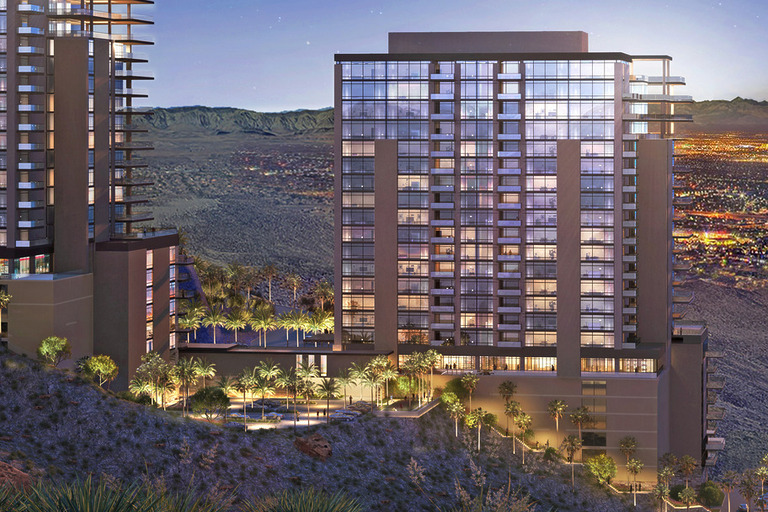
- News
Branded Residences on the Rise in the U.S. Sunbelt, Mexico, the Caribbean, and Beyond
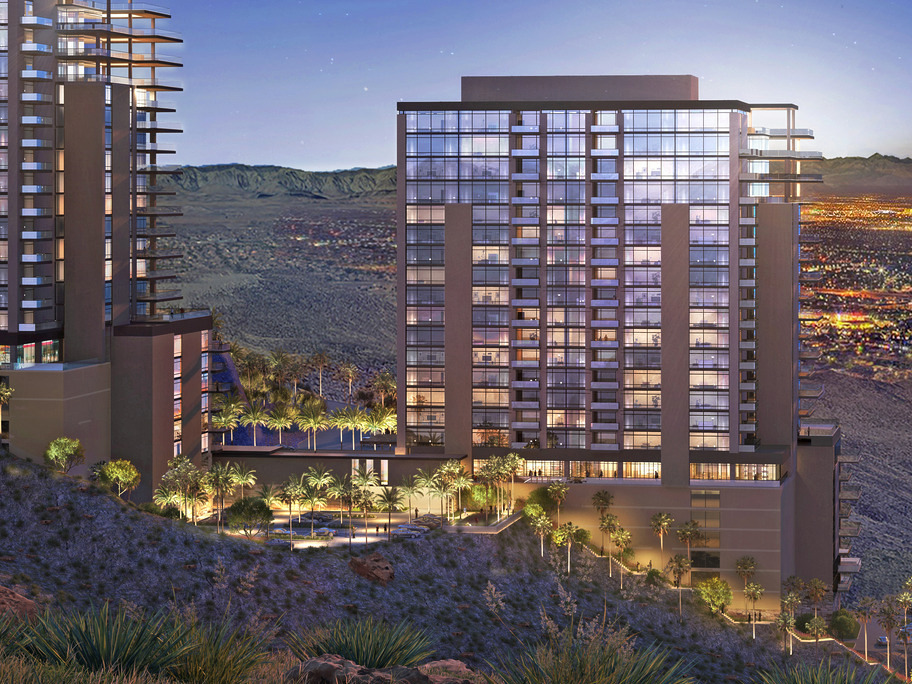
- News
Branded Residences on the Rise in the U.S. Sunbelt, Mexico, the Caribbean, and Beyond
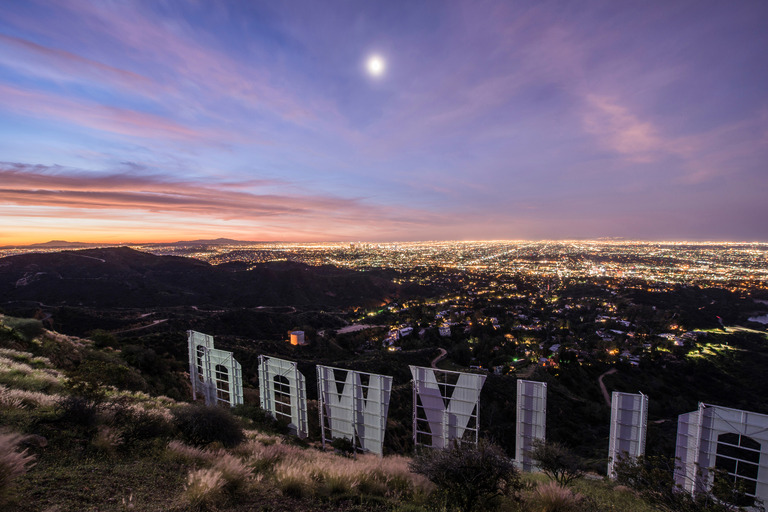
- Legacy
10 Iconic WATG Designs That Starred on the Silver Screen
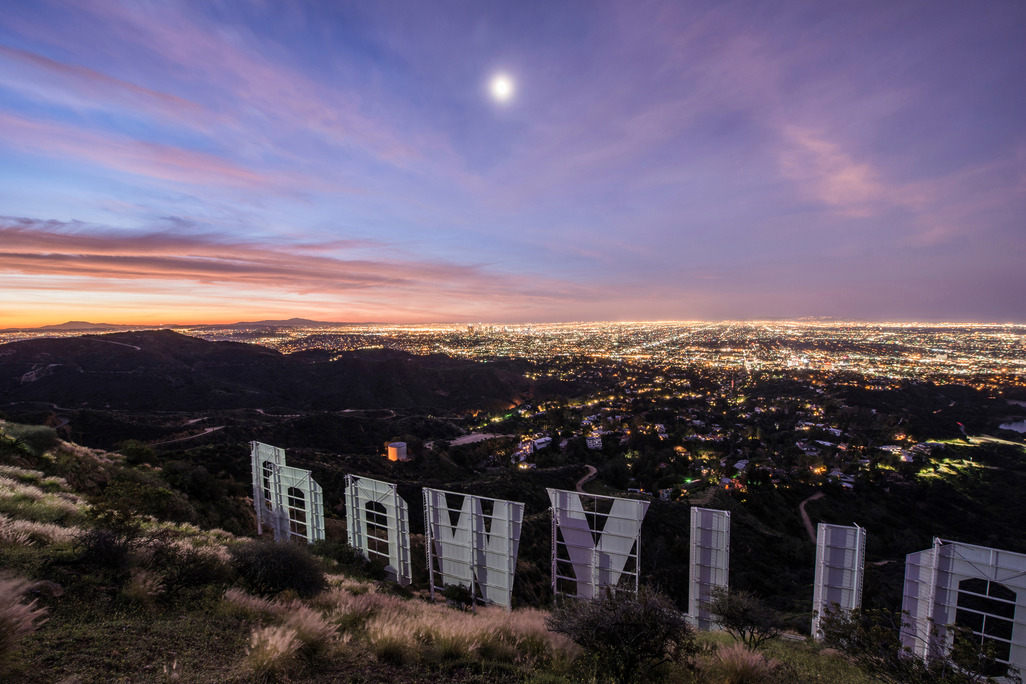
- Legacy
10 Iconic WATG Designs That Starred on the Silver Screen

- Design Thinking & Innovation
Mindfulness-led design with Chiva-Som and WATG

- Design Thinking & Innovation
Mindfulness-led design with Chiva-Som and WATG

- News
Wimberly Interiors: Taking a Moment to Reflect

- News
